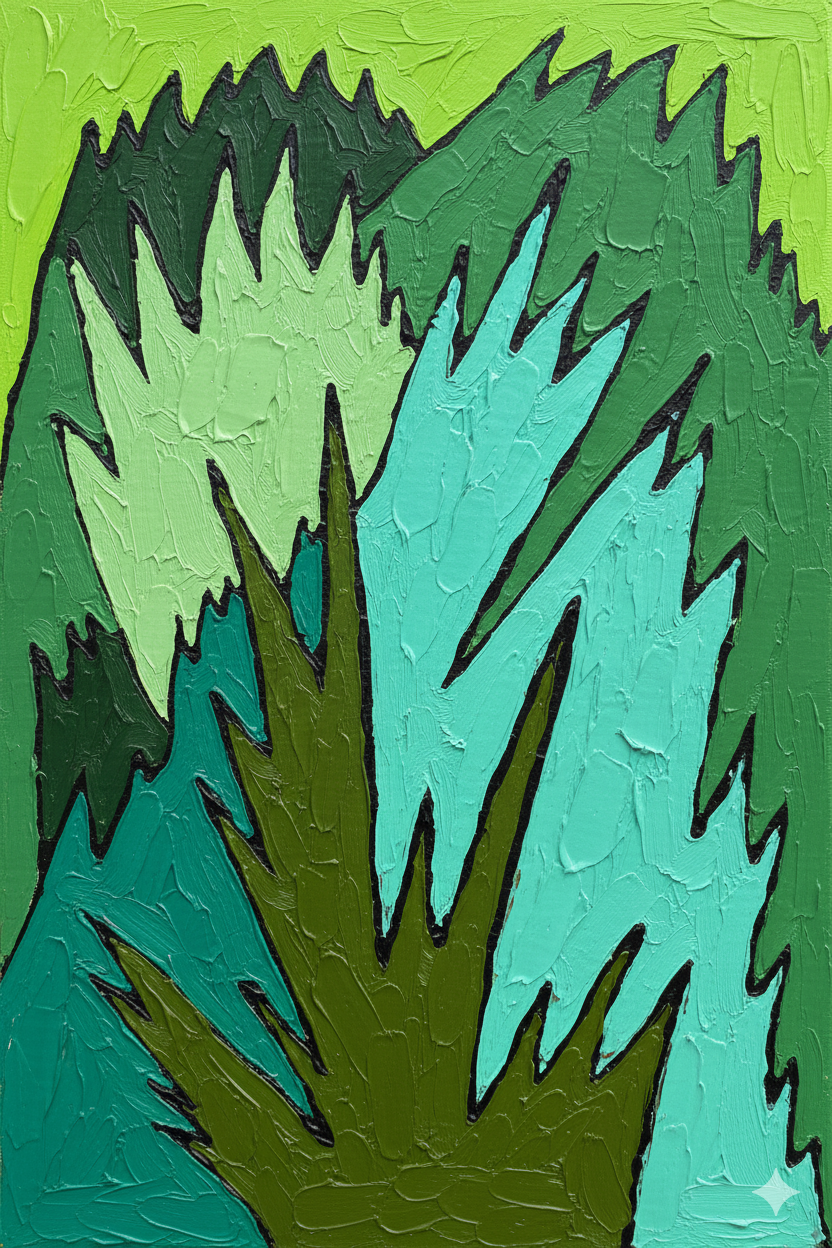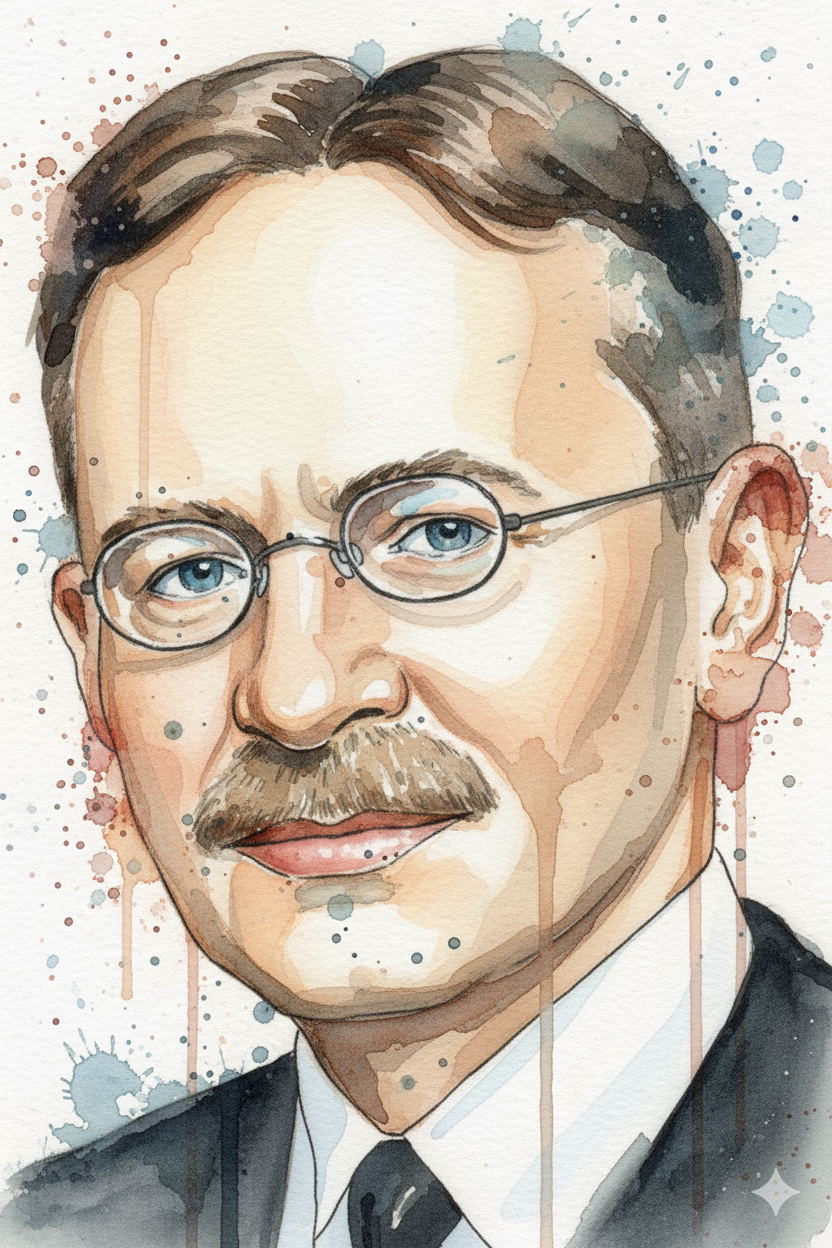Field
9/5/2025

My first objection as an undergraduate—why must we filch ordinary words and heap abstract meanings on them, deserves a proper answer, partly historical, partly sentimental. The short version is that mathematical vocabularies almost never arrive fully formed from some Platonic cabinet; they are scavenged, translated, mistranslated, re-coined in lecture halls and on blackboards, and then fossilized by convention. “Field” in English is exactly one of those quaint accidents: a domestic word that wandered into the mathematical camp and set up a permanent, slightly confusing residence.
The story creeps through languages. In nineteenth-century continental mathematics people were already talking about systems of numbers as Zahlkörper—literally “number-bodies” or “bodies of numbers”—in the German algebraists’ idiom; Dedekind and other Germanic writers used this language when describing algebraic number systems and their arithmetics, and the notion of a “Körper” as a closed, self-sufficient arena for arithmetic was part of that tradition. Then came the cleanup crew of abstract algebra: Steinitz in the early twentieth century laid out a sweeping axiomatic theory of these numerical bodies and made precise the taxonomy of prime fields, extensions, and characteristics. English-language algebraists read, translated, taught, and, for reasons that are part taste and part accident, chose different metaphors. Where German speakers had Körper (“body”), Anglophones eventually settled on “field”—a pastoral metaphor, an open plain on which arithmetic could roam. Part of the shift is stylistic and part is translational: when you render Körper into English, “body” sounds anatomical and a little awkward in mathematical prose; “field” sounds neutral, somewhat picturesque, and easily turned into a metaphor for arithmetic operations spreading across a plane. The American algebraists who popularized the term—Eliakim Hastings Moore and his students and colleagues among them—helped cement “field” in the English lexicon, and once pedagogy and textbooks adopt a word it gains a kind of arithmetic immortality. Meanwhile the French keep saying corps, which sits nicely between the two images.

So the oddness I felt as an undergraduate I have to be consoled, is neither a conspiracy nor mere sloppiness; it’s a historical palimpsest. Mathematicians borrow mundane vocabulary because metaphors help thinking: “group” suggests a social organism of elements, “ring” evokes a closed loop of operations, “field” hints at an open territory where sums and products flourish. These everyday terms give novices hooks to hang intuition on, but they also carry baggage—farm-fields are flatlands; bodies are corporeal; both images mislead if taken literally. When mathematicians talk about a field, they don’t mean soil, grass, or a farmer’s plot of land. They mean a very abstract kind of number system: a set of things you can add, subtract, multiply, and divide (as long as you don’t try dividing by zero), and all the usual arithmetic rules work exactly as they do with ordinary numbers. The real numbers form a field, so do the rational numbers (fractions), and so do special “finite fields” made from remainders after division by a prime number.
The problem is that the word field already has a very strong everyday meaning. When a student first encounters “field” in algebra, it’s natural to picture dirt, grass, maybe even cricket stumps sticking out of the ground. That literal picture sits in the mind, and sometimes it quietly anchors their understanding.
Then the class moves on. The teacher starts talking about things like the characteristic of a field—which is a prime number p that tells you how addition “wraps around” in that system—or about finite Galois extensions, which are very elegant ways of building new number systems from smaller ones. If your mental model is still a meadow, all this becomes baffling. How can a field have a “characteristic”? What does dirt have to do with Galois? Students who lean too hard on the everyday picture get lost, because the metaphor offers no help in navigating the formal mathematics.
So the pedagogical cost is real, there’s a real downside in teaching and learning when we use ordinary words like “field” for highly abstract concepts. Students can get misled by the wrong imagery, and it takes extra work to shake off that baggage once the subject grows more advanced.
You can of course call them “K-systems” or “axiomatic two-operation structures with inverses” and be perfectly rigorous; the world will only respond with shrugs and pedagogy that’s harder to learn. The practical compromise the mathematical community made was to choose a handful of evocative, human words and let them carry the load: inconvenient metaphors that, with a bit of patient unpacking, make a rather abstract structure feel like an inhabited landscape rather than an orphan list of axioms.